How to brew AA TOP Asalia coffee in Kenya's Sika region?
Professional coffee knowledge exchange more coffee bean information please follow the coffee workshop (Wechat official account cafe_style)
Summer is coming, and I prefer to drink some sweet and sour coffee, so today the editor is going to share with you what kind of flavor this bean will have when cooking [Kenya asali] with different utensils.

| | Bean information |
[Kenya asali]
Producing area: Sika Thika, Kenya
Processing plant: Asali honey processing plant
Altitude: 1550mi 1750m
Rating: AA TOP
Variety: sl-28,sl-34
Treatment: 72-hour washing in Kenya

[Kenya-style 72-hour fermentation water washing method] originated in Kenya and adopted the cyclic repeated treatment method of washing after fermentation, which was made after the same day of harvest to select the best quality cherries for peeling and fermentation. the fermentation time is 24 hours, and clean river water is used after 24 hours.
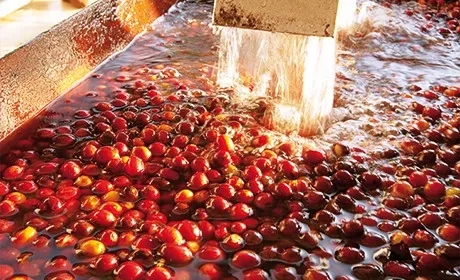
Then, it is fermented again with clean river water for 24 hours, then washed, and repeated for 3 times to reach 72 hours, so it is called Kenyan 72-hour fermentation water washing treatment, referred to as [K72].
| | Hario V60 |

Because the ribs of the V60 filter cup are distributed in a curved shape from top to bottom, and the length is different, the exhaust is more smooth and the flow rate is faster when brewing, and it is precisely because of this that the flavor level of the extracted coffee will be more obvious. In the brewing technique, the editor will use the method of segmented extraction to increase the extraction rate of beans.
Parameter & technique
Water temperature: 90 ℃; medium and fine grinding (BG 5R: pass rate of Chinese standard No. 20 sieve 58%); ratio of powder to water 1:15.
15 grams of powder, steam 30 grams of water for 30 seconds, water injection to 127 grams of sectional, and so on when the water level is about to reveal the separate bed, continue to water injection to 230 grams when the water cut off. (steaming start time) extraction time is 1: 52 "
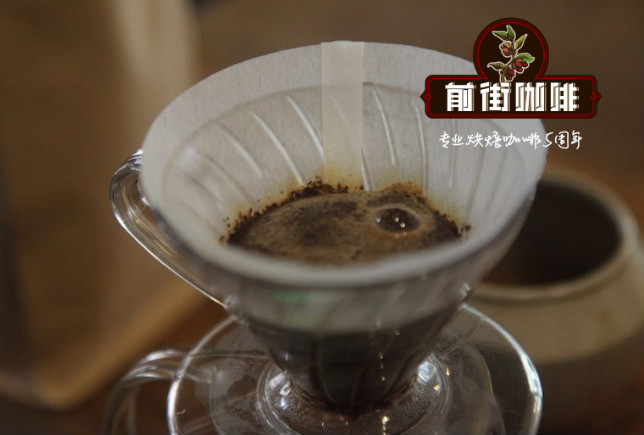
[flavor] there are sour notes of Umei acid, lime, virgin fruit and berries, with spices, cream and cocoa in the middle, sweet brown sugar and juice, and the overall flavor is more layered.
| | KONO |

Because the ribs of the KONO filter cup are relatively short, it stops when it is less than half the height of the filter cup. The main purpose of this design is to ensure that in the process of dripping, the filter paper can be attached to the wall of the filter cup after absorbing water, so that the exhaust space of the filter cup is limited, the air flow is naturally limited, and the flow rate slows down. so that coffee powder is soaked for a large part of the time, which increases the water absorption time of coffee powder particles, thus making the extracted coffee more balanced as a whole. It is not easy to cause insufficient extraction.
Parameter & technique
Water temperature: 90 ℃; medium and fine grinding (BG 5R: pass rate of Chinese standard No. 20 sieve 58%); ratio of powder to water 1:15.
The amount of powder is 15 grams, steam for 30 seconds with 32 grams of water, segment water injection to 129 grams, and cut off water when the water level drops to 228 grams when the separate bed is about to be exposed. (steaming starts) extraction time is 2: 03 "

[flavor] there are sour notes of virgin fruit, lemon, grapefruit and berries, cream and chocolate in the middle, obvious sweetness of caramel and mellow overall taste.
| | Ice pupil filter cup |
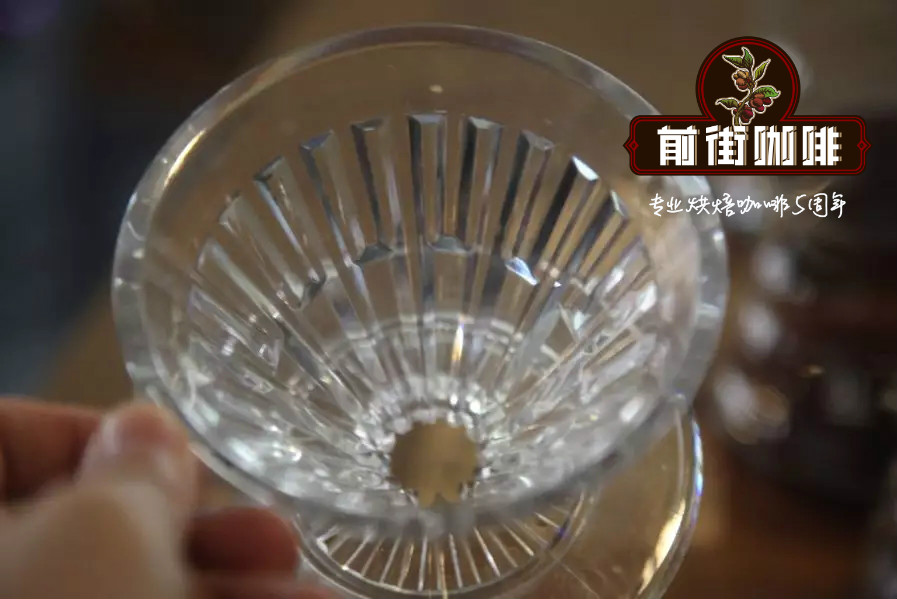
The ribs of the ice pupil filter cup are distributed vertically according to the ladder type, the bottom of the filter cup can show the appearance of a filter paper overhead, while at the top end of the filter cup and the filter paper is a completely sealed state. One advantage of this design is that because the filter paper at the top of the filter cup is completely sealed, if the water flow is too much and the water temperature is too high to flood the diversion tank, there is no room for exhaust, and the water level drops slowly, but soaks like a KONO filter cup to avoid insufficient extraction.
Parameter & technique
Water temperature: 90 ℃; medium and fine grinding (BG 5R: pass rate of Chinese standard No. 20 sieve 58%); ratio of powder to water 1:15.
The amount of powder is 15 grams, steam for 30 seconds with 32 grams of water, segment water injection to 124 grams, and continue to cut off water injection to 227 grams when the water level is about to be exposed. (steaming start time) extraction time is 1: 54 "
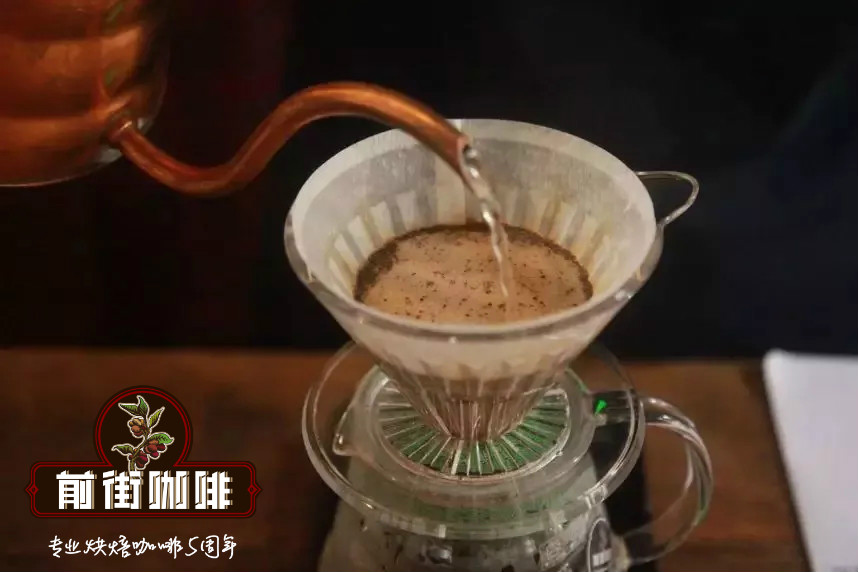
[flavor] the entrance has sour notes of virgin fruit and black plum, sandalwood aroma emerges in the middle, sucrose is sweet, and the whole is relatively refreshing.
| | Cold bubble |
Cold bubble is a kind of cold extraction, coffee powder and water are placed in a low temperature environment for a long time to extract, and then filtered to complete.

Parameter & technique
Degree of grinding: medium and fine grinding (BG 5R: the pass rate of Chinese standard No. 20 sieve is 58%), the amount of powder is 20g, the ratio of powder to water is 1:10, pour the powder into a cup, put into 200g normal temperature water, stir five times with a stirring stick to let the coffee powder and water soak fully, and filter out the coffee liquid after soaking for 10 hours.
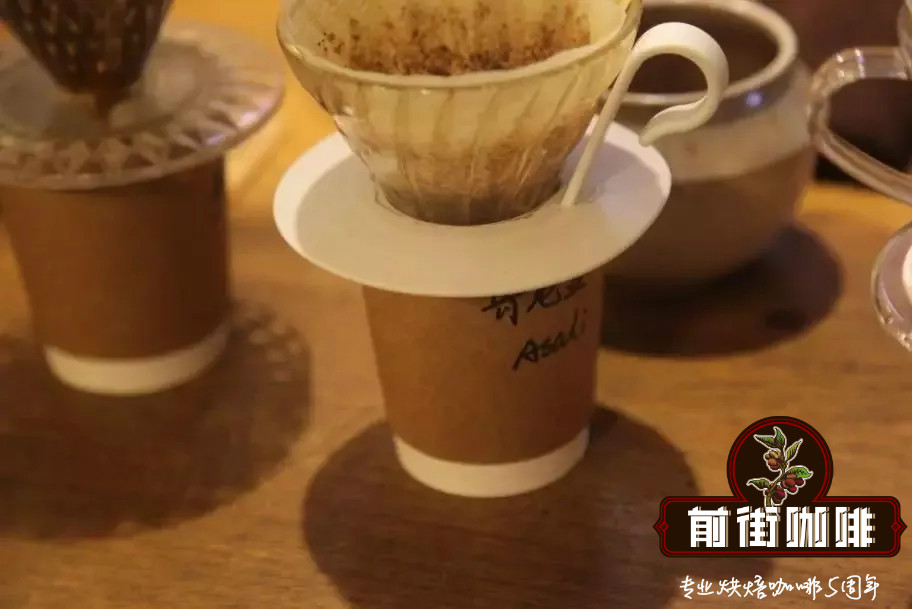
[flavor] it smells slightly fermented, with sweet and sour virgin fruit, plums, pineapple and Bolin in the mouth, honey and brown sugar at the end, making it feel refreshing as a whole.
| | Summary |
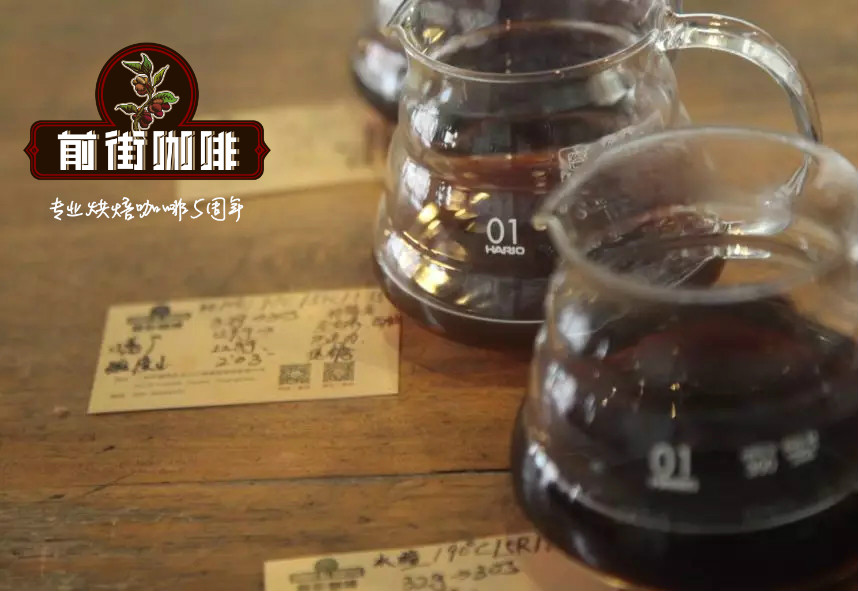
When cooking [Kenya asali] this bean with different filter cups, the flavor and taste are as follows:

The editor thinks that if you want a cup of Kenya with rich flavor, you can try to cook it with a V60 filter cup; if you want a cup of Kenya with a mellow taste, you might as well try using a KONO filter cup to cook it, and if you want to get a cup of Kenya as a whole, you can try using an ice pupil filter cup or cold bubbles.
END
Important Notice :
前街咖啡 FrontStreet Coffee has moved to new addredd:
FrontStreet Coffee Address: 315,Donghua East Road,GuangZhou
Tel:020 38364473
- Prev
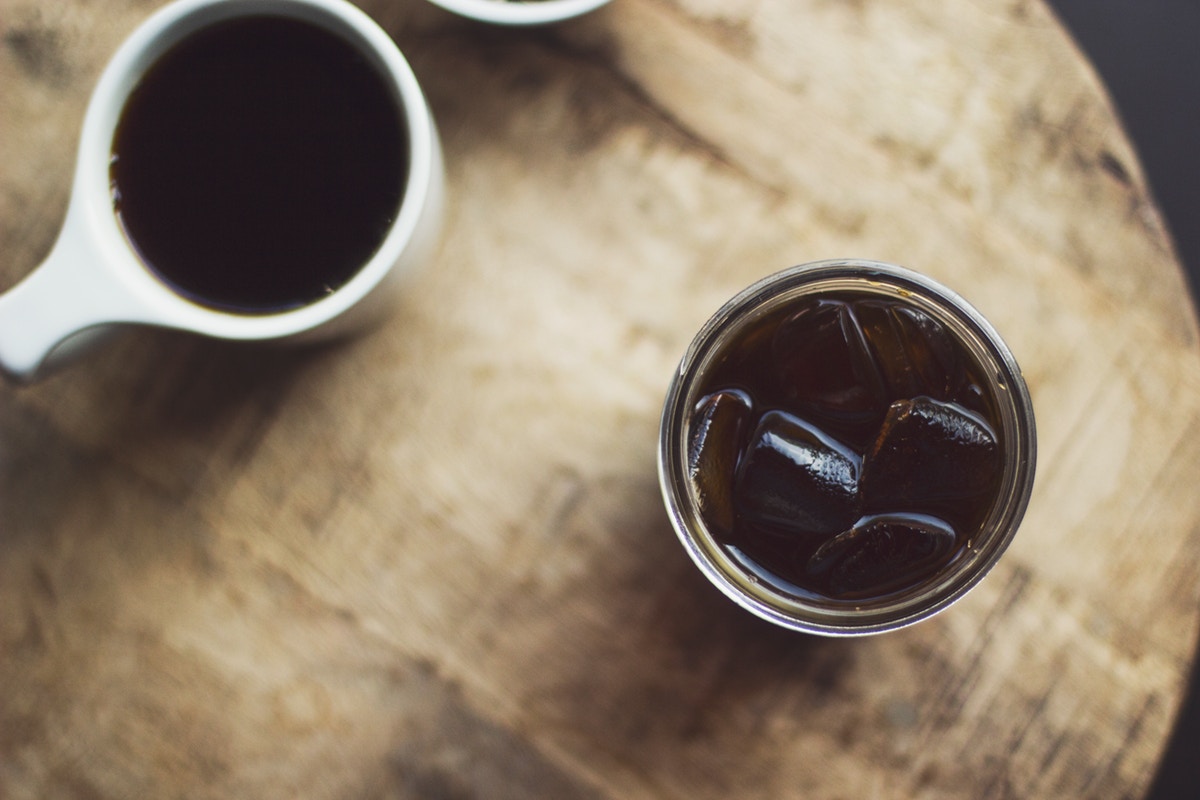
The difference between ice drops / cold bubbles / water droplets / iced coffee. Do you know everything?
Professional coffee knowledge exchange more coffee bean information Please pay attention to the coffee workshop (Wechat official account cafe_style) the hot weather always reduces our desire for hot drinks, in recent years very ramming cold coffee, iced coffee, related introductions are always dazzling, what is the difference? First of all, it is necessary to know that coffee will not dissolve acid until it is brewed at high temperature, and some substances are absent even at low temperature.
- Next
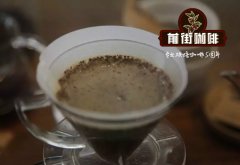
Introduction to Manor Palaideli Coffee in Honduras what are the scoring criteria for COE coffee?
Professional coffee knowledge exchange more coffee bean information Please follow the coffee workshop (Wechat official account cafe_style) the quality of coffee in Honduras has gone beyond a huge range, from a low-cost Central American blender coffee to high-cost batches, comparable to dangerous coffee with acidity and flavor. Marcala,Copan and Santa Barbara,Ocotopeque, etc.
Related
- Detailed explanation of Jadeite planting Land in Panamanian Jadeite Manor introduction to the grading system of Jadeite competitive bidding, Red bid, Green bid and Rose Summer
- Story of Coffee planting in Brenka region of Costa Rica Stonehenge Manor anaerobic heavy honey treatment of flavor mouth
- What's on the barrel of Blue Mountain Coffee beans?
- Can American coffee also pull flowers? How to use hot American style to pull out a good-looking pattern?
- Can you make a cold extract with coffee beans? What is the right proportion for cold-extracted coffee formula?
- Indonesian PWN Gold Mandrine Coffee Origin Features Flavor How to Chong? Mandolin coffee is American.
- A brief introduction to the flavor characteristics of Brazilian yellow bourbon coffee beans
- What is the effect of different water quality on the flavor of cold-extracted coffee? What kind of water is best for brewing coffee?
- Why do you think of Rose Summer whenever you mention Panamanian coffee?
- Introduction to the characteristics of authentic blue mountain coffee bean producing areas? What is the CIB Coffee Authority in Jamaica?

